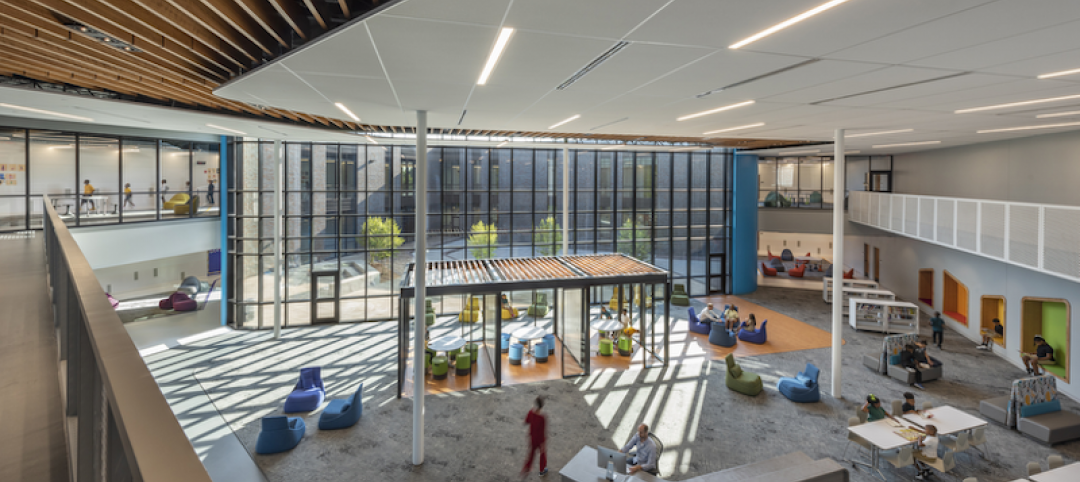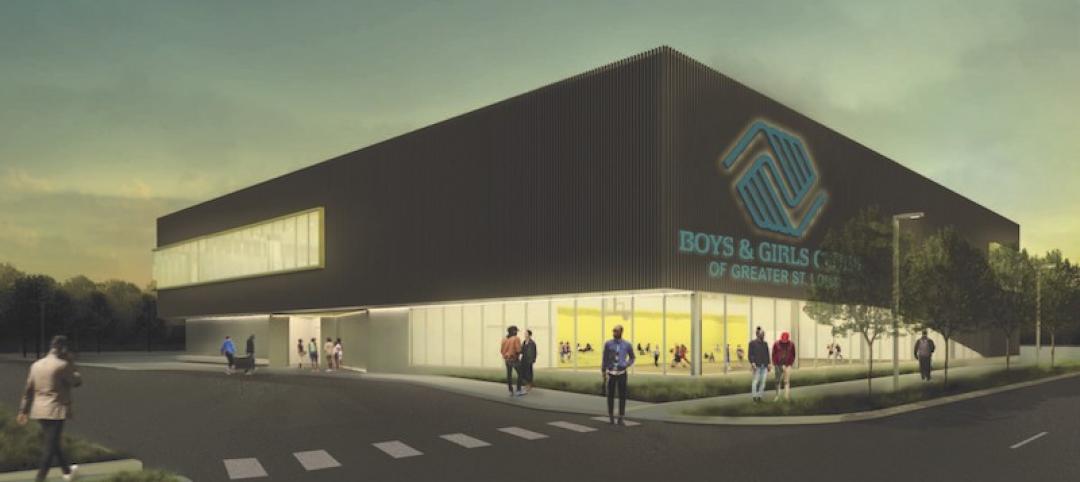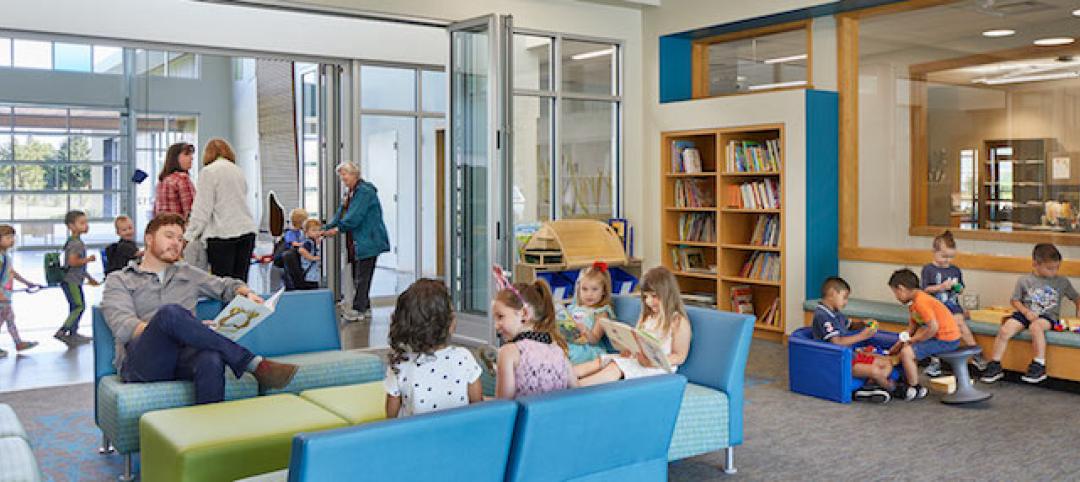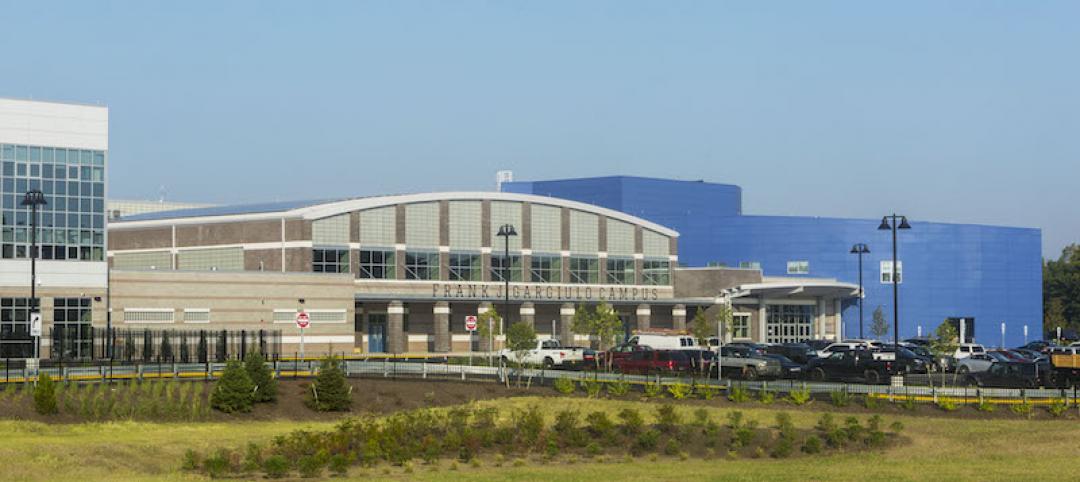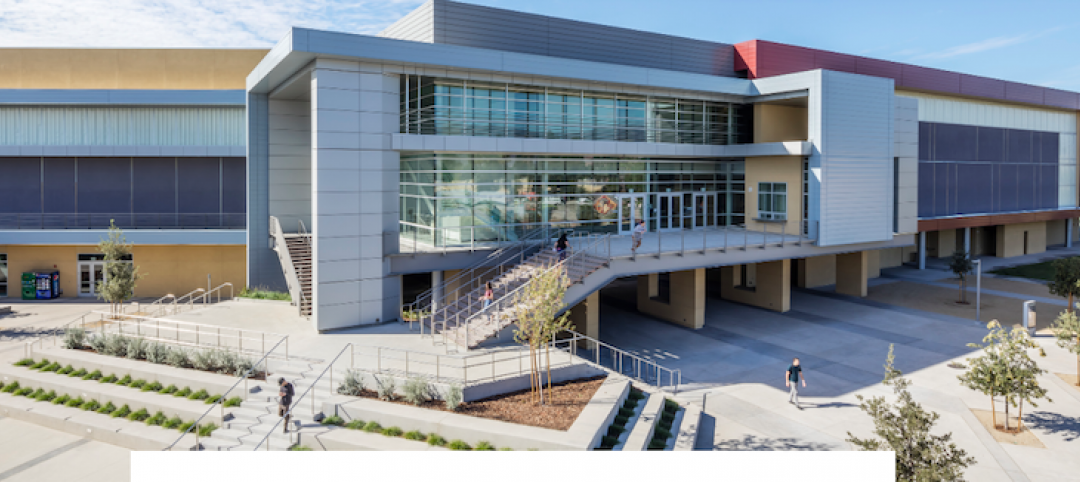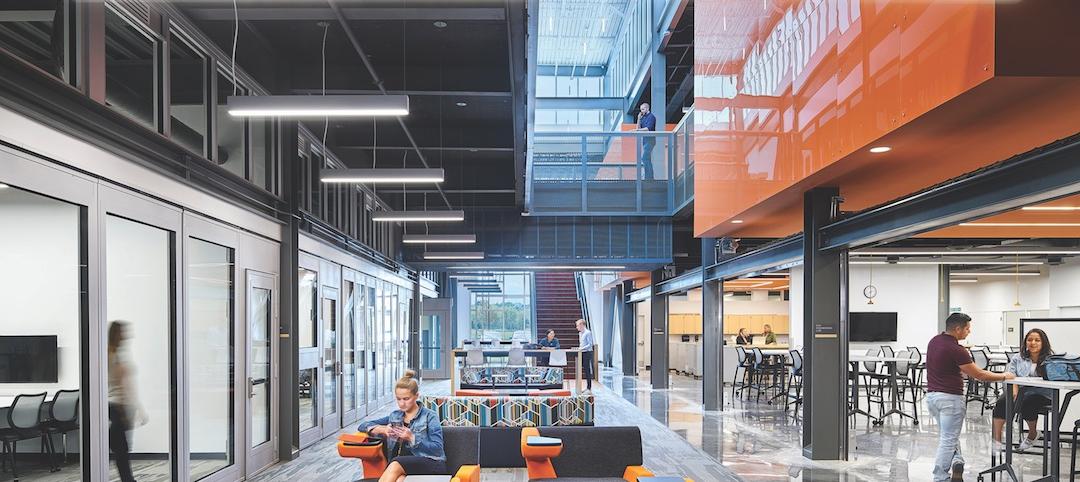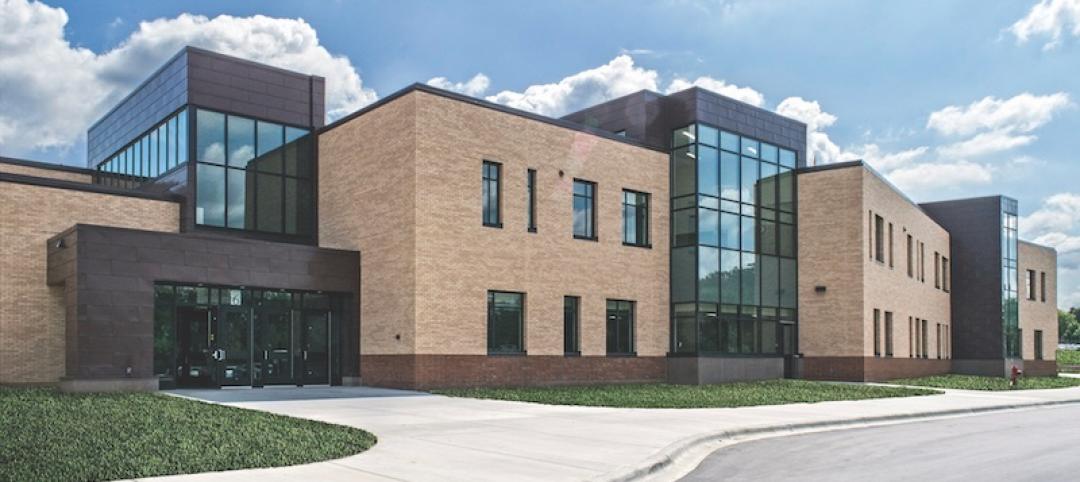A Buro Happold-led team recently completed work on standards for sustainable design and construction performance for the University of Southern California.
The document sets out sustainable strategies for the design and construction of new buildings, renovations, and asset renewal projects. The institution’s sustainable construction strategy includes a key focus on the chemical health and embodied carbon of building materials.
The new guidelines establish process management guidance for project teams to understand their roles and responsibilities, as well as key sustainability activities required for tracking and reporting. A section on life-cycle cost analysis (LCA) provides a basis for USC to develop cost-effective design options over the lifetime of a project along with assessing the environmental impact of project materials.
Development of the guidelines makes USC one of the first campuses to adopt a formal policy for life-cycle analyses to tackle embodied carbon.
More details on USC's Sustainable Design and Construction Guidelines
Here is the full press release from Buro Happold:
Buro Happold, a sustainability leader known for creating long-range plans and benchmarks for leading institutions, companies and municipalities worldwide, has led a team that recently completed key standards for environmental design and construction performance for the University of Southern California (USC).
Buro Happold led the sustainability guideline development process for the University of Southern California with its acclaimed human-centric approach — “ensuring that the built environment touches the earth lightly while also caring for its occupants,” says the firm’s leaders. Also involved in the blue-ribbon team creating the guidelines are the consulting partners Perkins&Will, civil engineer Psomas, as well as AHBE | MIG and David Neuman of Neu Campus Planning.
“Prepared in collaboration with key stakeholders across USC — from faculty and staff to student interns — the USC Sustainable Design & Construction Guidelines advance the University’s commitment to sustainable strategies for the design and construction of new buildings, renovations, and asset renewal projects with impacts across multiple areas,” according to Christopher J. Toomey, Vice President & Executive Director, USC Facilities Planning & Management. He added that the guidelines work alongside the USC Facilities Design Guidelines and many of the key goals set in the university commitment document, Assignment: Earth, the 2028 Sustainability Framework covering such areas as zero waste, water reduction and carbon neutrality.
The multidisciplinary firm Buro Happold, also known as a leader in higher education strategy, campus planning and sustainable strategy and building design, was selected through a competitive process to develop these new sustainable design guidelines for USC, an urban research university ranked among the best in the United States. Buro Happold has created campus-wide standards and overarching sustainability plans for other universities globally, for private corporations such as Aviva Partners, as well as for local governments from the County of Los Angeles to New York’s Battery Park City.
For USC, the new guidelines establish process management guidance for project teams to understand their roles and responsibilities, as well as key sustainability activities required for tracking and reporting. A section on life-cycle cost analysis (LCA) provides a basis for USC to develop cost-effective design options over the lifetime of a project as well as a method for assessing the environmental impact of project materials.
“USC has embarked on a collaboration with students, faculty and staff from across campus on this development of laudable and comprehensive sustainability guide-lines that will guide new construction and renovations, enabling the campus environ-ment to reflect and achieve the university’s sustainability ambitions,” says Kirsten Melling, Buro Happold sustainability associate.
Perkins&Will worked with Buro Happold to co-create a guideline development process that meaningfully engaged stakeholders, and then focused on defining material strategies and guideline implementation procedures. “The team set out strategies for sustainable construction, focusing on both the chemical health and embodied carbon of building materials,” says Leigh Christy, principal of Perkins&Will. “After working with Buro Happold and the team, we’re proud to say that USC will become one of the first campuses to adopt a formal policy for life-cycle analyses to tackle embodied carbon.”
Over recent years, sustainability guidelines and assessment tools have come to be an essential component of long-term campus planning and institutional strategy, according to Melling, and Buro Happold has assisted dozens of institutions worldwide on similar initiatives. Noting their use by many institutions, she adds that the guidelines are becoming increasingly valuable to guide specific aspects of development, such as decarbonization. This shift allows organizations to direct development in alignment with sustainability priorities and provides clear direction to design and construction teams on performance and design aspirations for their built environment.
Related Stories
Education Facilities | Oct 18, 2018
Perkins+Will-designed, STEM-focused elementary school opens in Dallas
The school will accommodate 900 students each year.
University Buildings | Oct 8, 2018
One size doesn't fit all: Student housing is not a pair of socks
While the programming and design for these buildings all kept a holistic living/learning experience at the core, they also had amazingly different outcomes.
Education Facilities | Sep 20, 2018
Teen Center of Excellence under construction in Ferguson, Mo.
Arcturis is the Architect for the project.
Education Facilities | Sep 12, 2018
Security vs. 21st century learning: We shouldn’t have to choose
In order to effectively talk about school design, we need to start by understanding what a school is designed to do.
Education Facilities | Sep 12, 2018
350,000-sf High Tech High School opens in Secaucus, N.J.
The technical school is on the Frank J. Cargiulo Campus.
Education Facilities | Aug 30, 2018
Construction completes on only dedicated STEAM facility for girls in Rhode Island
LLB Architects designed the building.
Education Facilities | Aug 24, 2018
Encourage student wellness by incorporating active design into college campus architecture
Before you incorporate active design into your college campus, you need to understand exactly what doing so entails.
Education Facilities | Aug 21, 2018
Meet the new vo-techs
Career and technical education is preparing K-12 students earlier than ever for college and the job market.
Education Facilities | Aug 20, 2018
More districts are reusing empty offices, stores, and other buildings to upgrade their schools
Older schools, with their small windows and rooms and creaky infrastructure, are tough and expensive to retrofit.
Education Facilities | Aug 14, 2018
Making schools more secure is imperative, but how best to do that isn't settled yet
In the first 21 weeks of 2018 alone, there were 23 school shootings where someone was killed or injured, according to CNN.



